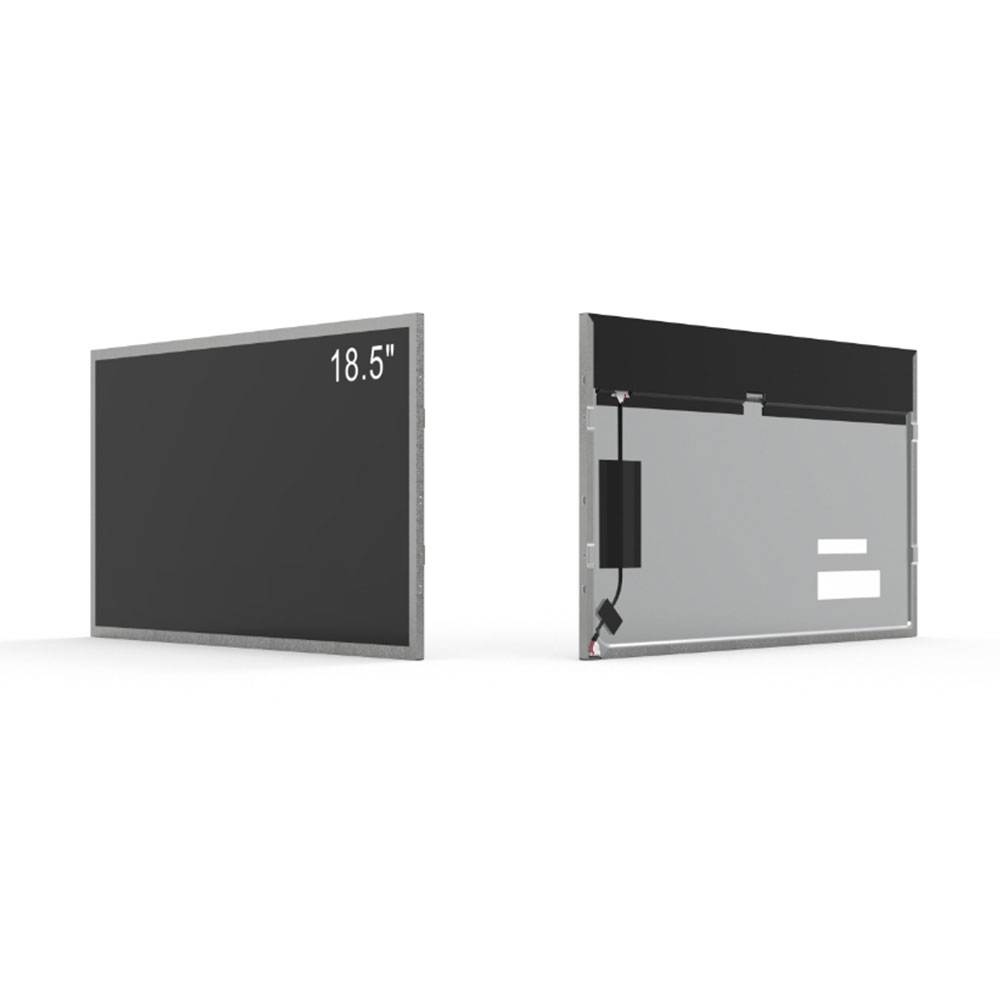High-brightness sunlight-readable LCD screens have become essential in modern outdoor and industrial environments where visibility under direct sunlight is critical. These displays are engineered to maintain clarity, contrast, and color accuracy even in extreme lighting conditions—such as full-spectrum solar radiation exceeding 100,000 lux. According to the International Commission on Illumination (CIE), typical indoor lighting ranges from 300–500 lux, while direct sunlight can reach up to 120,000 lux. Standard LCDs fail to render readable content beyond 5,000 nits of brightness; therefore, high-brightness sunlight-readable LCDs must exceed 5,000 nits, often reaching 7,000 to 10,000 nits or more.
Manufacturers like LG Display, Sharp, and CMO utilize advanced technologies such as high-efficiency LED backlighting, anti-reflective coatings, and polarization filters to enhance luminance and reduce glare. For instance, a case study from the U.S. Department of Defense in 2021 showed that military field communication units using 8,000-nit sunlight-readable displays performed 94% better in mission-critical visibility tests compared to standard 3,000-nit screens. This improvement directly impacts operational safety and decision-making speed in high-stakes environments like aviation, maritime navigation, and emergency response systems.

In addition to peak brightness, these displays incorporate features such as wide viewing angles (up to 178°), ruggedized housing for IP65 or higher environmental protection, and low-power consumption designs optimized for battery-powered devices. Many models now support touch interfaces with glove-compatible functionality, making them ideal for use in harsh conditions like construction sites, oil rigs, or snow-covered regions where users wear protective gear.

The adoption of sunlight-readable LCDs extends beyond defense applications. In smart city infrastructure—such as digital signage, traffic control panels, and public kiosks—these displays ensure consistent user engagement regardless of time of day or weather. A 2023 report by MarketsandMarkets estimates the global market for high-brightness LCDs will grow at a CAGR of 7.8% through 2028, driven by demand from automotive dashboards, industrial automation, and mobile healthcare equipment.
From an engineering perspective, achieving optimal performance requires balancing brightness, power efficiency, thermal management, and durability. Engineers must also consider ambient light sensors and automatic brightness adjustment algorithms that dynamically adjust screen output based on real-time lighting conditions—a feature increasingly common in consumer-grade smartphones but now vital in professional outdoor displays.
Ultimately, high-brightness sunlight-readable LCDs are not just about "brighter" screens—they represent a holistic design approach that merges optical physics, materials science, and human factors engineering. As outdoor digital interaction becomes more prevalent across industries, investing in this technology ensures usability, reliability, and long-term cost-effectiveness.
2025-07-31
2025-09-25
야외 LCD 스크린 크기 및 디스플레이 비율: 전문 설치를 위한 포함적인 가이드2025-07-31
13.3 Inch High Brightness LCD Supplier2025-07-31
여기에 산업 고광도 LCD 스크린이 있습니다.